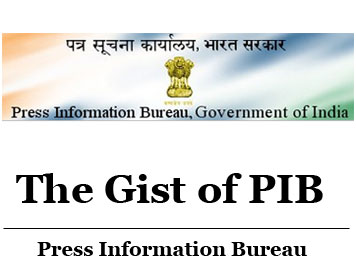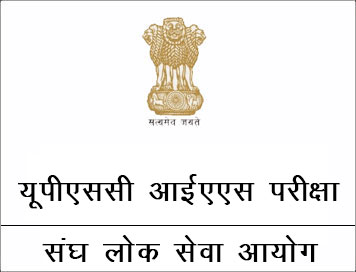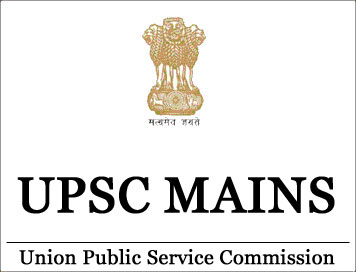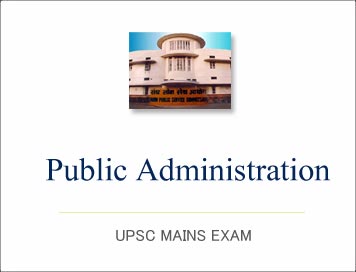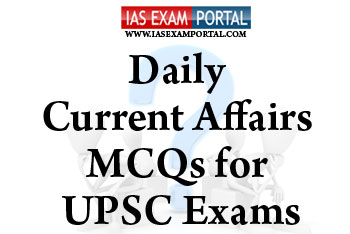
Current Affairs MCQ for UPSC Exams - 23 June 2019
Q1. Which of the following statements regarding India’s forest cover are
true ?
1) India’s forest cover was up by 5% in the last one year and for one tree
chopped for development work, three to four were planted either in the same area
or elsewhere.
2) According to a latest report, over 24.39% of the country’s geographical area
now constitutes of green cover and further 125 crore trees would be planted
along highways to increase green cover.
3) The main reasons for the decrease are shifting cultivation, other biotic
pressures, rotational felling, diversion of forest lands for developmental
activities, submergence of forest cover, agriculture expansion and natural
disasters.
a) 1 & 2 only
b) 2 & 3 only
c) 1 & 3 only
d) all of the above
Q2. Which of the following countries comprise of the so called “Horn of
Africa “ region lying south of the strait of Hormuz ?
1) Niger
2) Ethiopia
3) Somalia
4) Chad
5) Djibouti
a) 1,2 & 4 only
b) 3,4 & 5 only
c) 2,3& 5 only
d) all of the above
Q3. Consider the following statements regarding the NAFTA (North American
free Trade Agreement ) deal :
1) North American free Trade Agreement is an agreement signed by Canada,
Mexico, and the United States, creating a trilateral trade bloc in North
America.
2) In September 2018, the United States, Mexico, and Canada reached an agreement
to replace NAFTA with the United States–Mexico–Canada Agreement (USMCA). NAFTA
will remain in force, pending the ratification of the USMCA.
3) India is an active supporter of USMCA and opposed NAFTA during its formation
in the late eighties.
Which of the above statements are true ?
a) 1 & 2 only
b) 2 & 3 only
c) 1 & 3 only
d) all of the above
Q4. National Small Industries Corporation (NSIC) signs MoU with Commom
Service Centres– eGovernance Services India for enhancing new offerings for the
MSME sector.
Which of the following statements regarding the same are true ?
1) The MoU will have special focus on providing services to village level
entrepreneurs (VLEs) and would to lead to exponential growth of Village
Entrepreneurs in the country.
2) CSC will facilitate VLEs and MSMEs through digital empowerment in accessing
NSIC integrated support services encompassing Marketing, Finance, Technology and
other offerings.
3) The MoU will aim at enhancing new offerings for the MSME sector by
synergizing each other’s competence.
a) 1 & 2 only
b) 2 & 3 only
c) 1 & 3 only
d) all of the above
Q5. Which of the following countries is the largest producer of sugar in the
world ?
a) India
b) Brazil
c) China
d) Thailand

